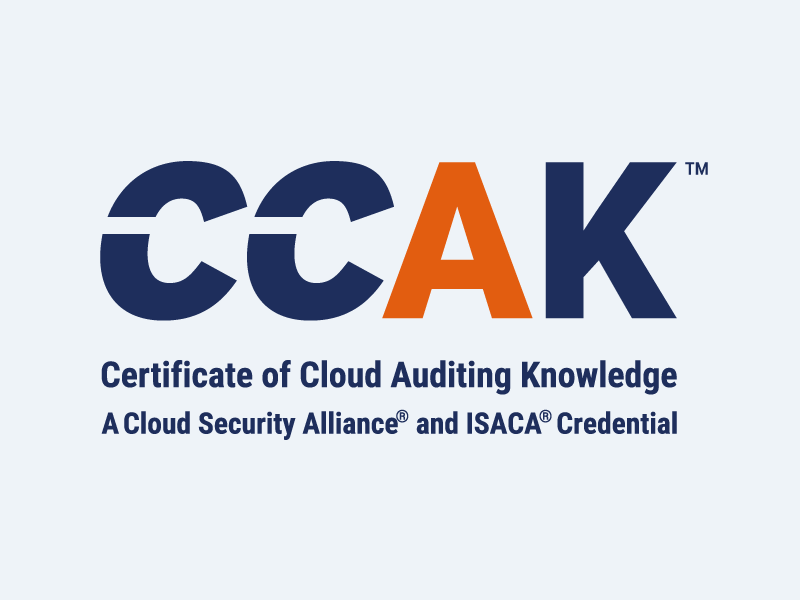How Zero Trust Can Enable Digital Trust
Blog Article Published: 08/02/2023
Originally published by DigiCert.
Written by Jason Sabin.
Digital trust and zero trust are both common cybersecurity phrases, but what do they mean and what is the difference between them?
In our connected world where everything is online, traditional boundaries no longer apply and neither do traditional means of security. The lines between personal and work are blurring, and people are online constantly. As digital transformation has accelerated, we have replaced face-to-face interactions with digital communications requiring a multitude of devices, systems and networks. However, at the same time, the threat vector has also expanded. So knowing when and what to trust during digital interactions is more difficult than ever before.
Users must feel confident that their data is safe and secure, and that they can trust the companies with which they interact digitally, whether that’s online, with IoT devices, street signs or digital documents. Thus, digital trust is required to enable individuals and businesses to engage online with confidence that their footprint in a digital world is secure, and zero trust is one way to accomplish that.
Digital trust vs. zero trust
Digital trust is the thing that enables us all to have confidence that the things we are doing online are secure. It’s the backbone for the connected world, including for securing users, software, servers, devices, documents, digital content, identity and more. To create and maintain digital trust, companies must demonstrate their ability to provide safety, privacy, security and reliability to their users. Digital trust requires several building blocks, including adherence to standards, maintaining compliance and operations, using trust management and extended trust into connected ecosystems. So while there are a lot of aspects involved in building digital trust, one of the ways to accomplish digital trust and assure users of security is to use a zero-trust architecture.
Zero trust is a security approach that requires verification of every access request by default. In a zero-trust approach, instead of verifying digital identity based on IP addresses, digital identities must be regularly verified based on adaptive authentication methods such as public key infrastructure (PKI), multi-factor authentication (MFA) and single sign-on (SSO). Zero trust has been increasingly adopted in recent years, including a 2021 U.S. executive order directing the federal government towards a zero-trust approach. That’s because zero trust can help mitigate security risk and reduce the time it takes to detect a breach.
Thus, when zero trust is the requirement of never-trust, always verify, digital trust is the result accomplished when every connected device, server or document is authenticated for trust. In other words, implementing a zero-trust policy is one way of achieving digital trust.
PKI at the heart of digital trust and zero trust
PKI is central to enabling both digital trust and zero trust. PKI provides the authentication, integrity and identity needed for a zero-trust architecture and delivers digital trust to people, systems and organizations. PKI delivers the authentication needed to identify every user or device on the network and the encryption of communications across the organization, and it maintains data and system integrity. As PKI is a tried-and-true method for proving identity needed in zero trust, 96% of IT security executives believe that PKI is essential to building a zero-trust architecture.
Trending This Week
#1 The 5 SOC 2 Trust Services Criteria Explained
#2 What You Need to Know About the Daixin Team Ransomware Group
#3 Mitigating Security Risks in Retrieval Augmented Generation (RAG) LLM Applications
#4 Cybersecurity 101: 10 Types of Cyber Attacks to Know
#5 Detecting and Mitigating NTLM Relay Attacks Targeting Microsoft Domain Controllers
Related Articles:
This Year’s Zero Trust Opportunity for Security Professionals
Published: 04/26/2024
How to Prepare Your Workforce to Secure Your Cloud Infrastructure with Zero Trust
Published: 04/24/2024
Upselling Cybersecurity: Why Baseline Security Features Shouldn’t Be a Commodity
Published: 04/24/2024
Secure Your Kubernetes Environment by Enforcing Least Privilege
Published: 04/24/2024








